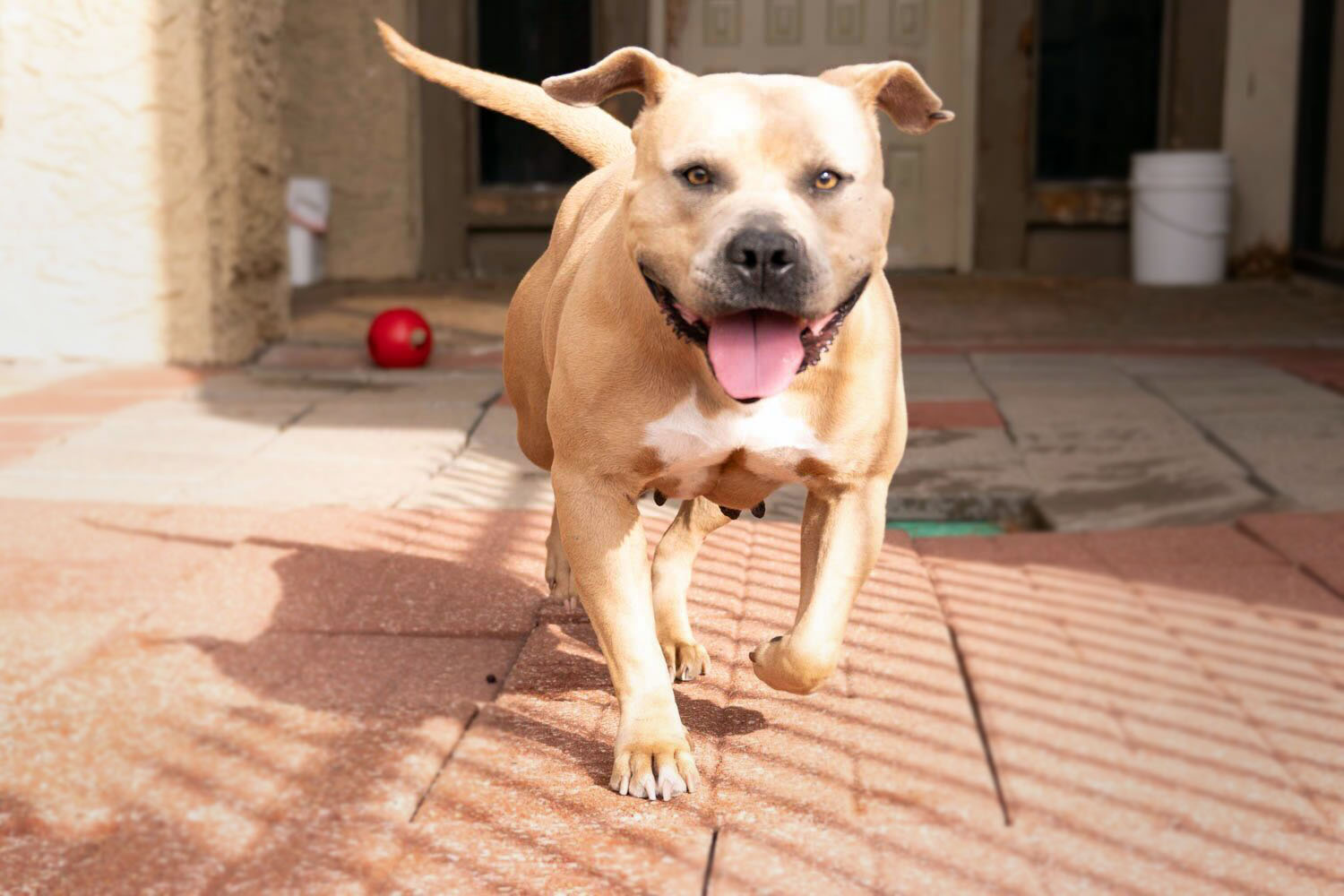I have lived the greater part of my life in a multiple-dog household. For the past 50 years, I have shared my home with as many as 12 at a time all of them in-house. When I lecture on the subject of dog behavior, inevitably, someone will ask the question: “Do you believe in having multiple dogs in a home?” I answer: “Obviously, I believe in having a lot of dogs around; I own and live with several. However, sir, a better question would be, “Do I recommend a multiple dog household?” To this question, my answer would be, “Define multiple.”
Luckily, for many dog owners and their pets, municipalities in most of the larger cities limit the number of pets a family can own. In most places, you are limited to four dogs, while the cat limit is vague. Rurally, it’s darn near impossible to enact pet limit laws.
I wrote a fitting poem early in my career:
“The Pack”
If you have a dog, you’re never lonely.
If you have two, you have a spare.
If you have three and three only
You’ll need a fourth for them to pair.
If you have five, its really heaven
If you have six, that’s three and three
If your pack has risen to seven
Then God will bless you…eventually.
Dogs are basically a social species. According to scientific research, they would prefer to “pack” rather than commune with humans. They can become more attached to their peer group than their owners if neglected. Therefore, we must connect with each dog through training and attention.
Since every dog will have his or her own identity and personality, the playtime spent with each should be tailored to the individual. You should encourage each breed in your group to enjoy a sport in which he or she will excel. Your interaction with them assures value for the dogs to accept you as their ultimate leader.
After canvassing many trainers, we all agreed choosing a certain gender for your group is not as important as choosing dogs with compatible natures. Also, size doesn’t seem to matter as much as one would think-unless adding a giant breed, which can create a spatial problem. Simply getting in the way of a super big dog that could unintentionally step on, push aside or run over the smaller dogs would create more of a challenge. I’ve had Great Danes and Great Pyrenees in groups of average-sized to small dogs. It’s doable but precarious. However, small dogs seem to adjust easily to larger breeds and vice versa. So if you decide to get a companion dog, how do you introduce the two? I like to have a friend with me, holding the leash of the new dog on her right side while I lead my dog on my left side. This way, the two of us are walking side by side, separating the dogs.
It’s important to choose a neutral, quiet, enclosed location. Keep a calm, casual demeanor as they venture into the other’s space. You’ll know right away whether or not they can be friends. If they’ve exhibited no aggression, release them in the enclosure. If one tries to force himself on the other in play, distract him with a treat and move forward, encouraging him to follow you.
If the new dog is younger,l it will be natural for him to try to engage with the older dog in play, but the older dog may need time to adjust to the high energy of the other. What about how the dogs conduct themselves in the house? When my five dogs are outside, they play together well. I don’t interfere unless there is danger involved. However, when they are inside, they play by my rules. We enjoy one another’s a company, and life is simple. High energy activities are reserved for outdoor time.
When considering multiple dogs, these are important questions to ask:
1) “Can I afford to feed four dogs?”
2) “Can I afford the cost of semi-annual veterinary checkups?”
3) “Can I afford the cost of training classes to teach them basic obedience?”
4) The biggest “can I afford” question is, “Do I have the time to make the proper care of my dogs a priority?”
Think long and hard about the magnitude of such a commitment. Too many families have become overwhelmed and had to surrender their dogs. We call this action “a multiple pet crisis” – a familiar, scary alert for folks who work at rescues and shelters. Each month, they get calls from folks -usually older women- who’ve accumulated so many pets they can no longer afford to care for them.
It is an ongoing emotional issue for most shelter volunteers and employees. Day after day, they witness the injustice yet remain determined to save as many pets as possible. But you can help; why not consider fostering a pet? As you treat them as your own, they learn to trust again. And when they are ready, wonderful homes will be provided by people who have chosen them to be their own.
You can have a multiple dog household and help make a difference for every special dog that comes into your life. Call a local rescue today and become a foster!
Hugs!
Pat Becker







Leave A Comment